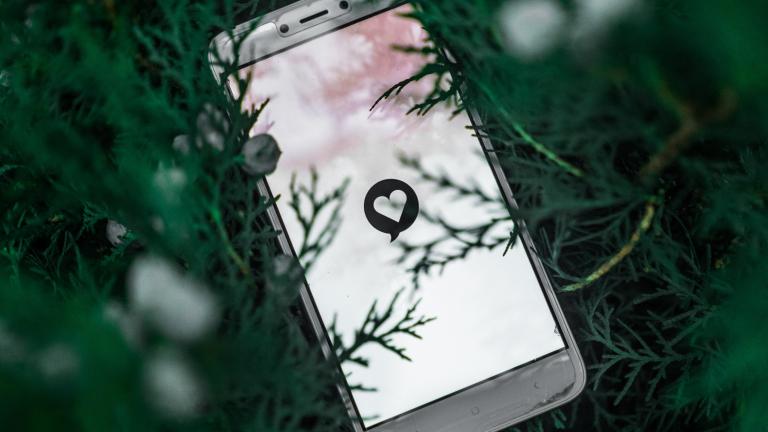Amanda Leduc is a disabled writer and author of the non-fiction book, Disfigured: On Fairy Tales, Disability and Making Space, which was published by Coach House Books in 2020 and shortlisted for the 2020 Governor General’s Award in Non-Fiction and longlisted for the 2020 Barbellion Prize. She is also the author of the novel, The Miracles of Ordinary Men, published in 2013 by ECW Press. Her new novel, The Centaur’s Wife, is out now with Random House Canada.
Her essays and stories have appeared across Canada, the US, the UK, and Australia, and she speaks regularly across North America on accessibility and the role of disability in storytelling. She is represented by Samantha Haywood at the Transatlantic Agency.
Born in British Columbia, she has lived in Ontario, England, BC, and Scotland, and holds a Master in Creative Writing from the University of St. Andrews. Amanda has cerebral palsy and presently makes her home in Hamilton, Ontario, where she lives with a very lovable, very destructive dog and serves as the Communications and Development Coordinator for the Festival of Literary Diversity (FOLD), Canada’s first festival for diverse authors and stories.
Interviewed by our Different & Able President and Founder, Alexandra Nicklas, Amanda unpacks the many ingrained biases lurking in classic fairy tales, while also exploring her own experience with cerebral palsy. She also discusses the pedagogy of fairy tales, disability representation, writing tips, moving space, and responsible social media use for public figures. Amanda states, “Disability isn't visited on us in response to a grand, overarching narrative plan, but rather is a lived, complex reality that reimagines the very nature of how we move through and occupy space.”









